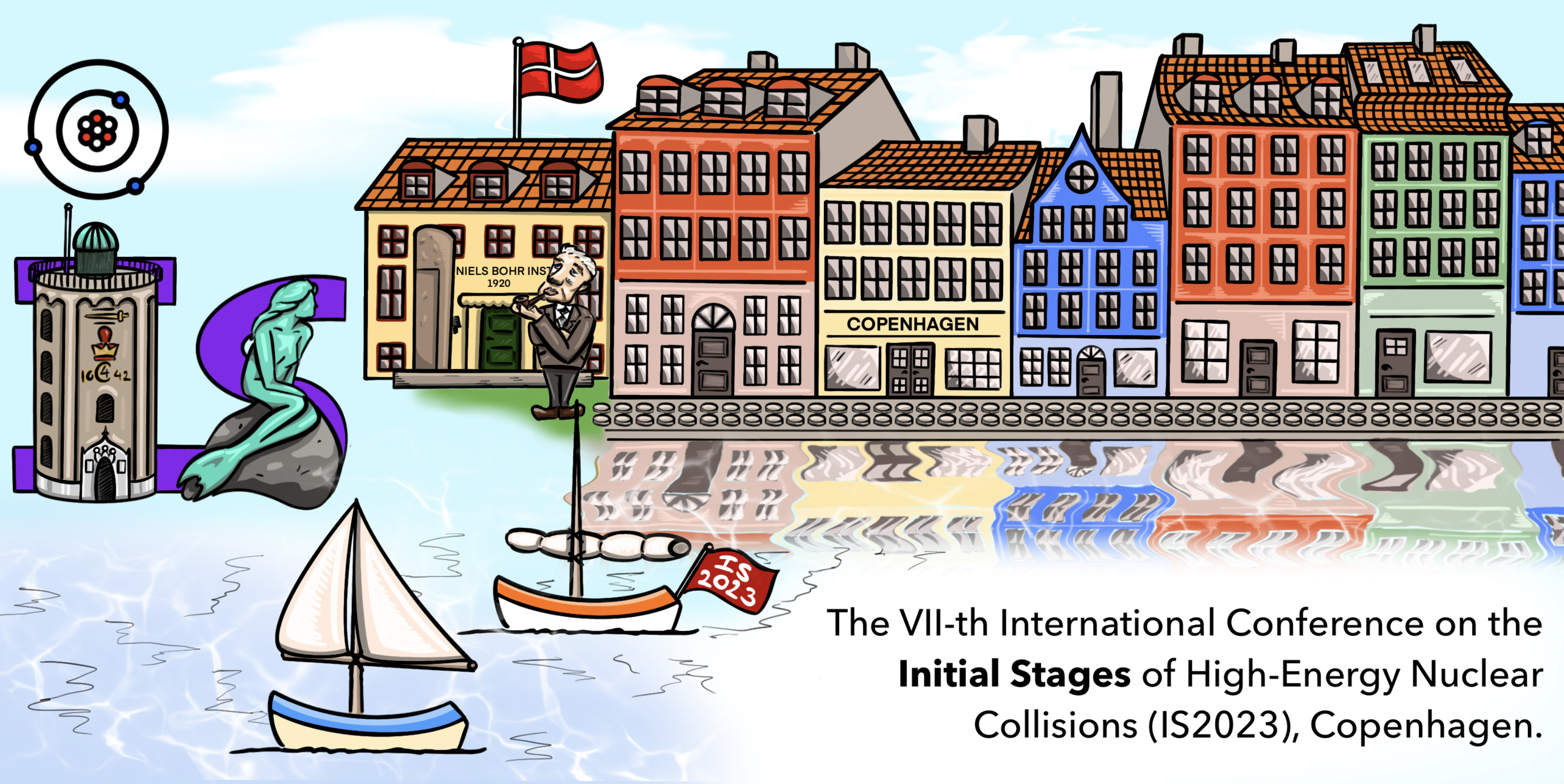Speaker
Description
Constraining the initial condition of the QGP using experimental observables is one of the most important challenges in our field. Recent studies show that both $\rho_n(v_n, [p_\mathrm{T}])$ (correlation between $v_n$ and event-wise mean $p_\mathrm{T}$) and $[p_\mathrm{T}]$ fluctuations can probe several ingredients of the initial state, such as number and size of sources, volume fluctuation, nuclear deformation, and initial momentum anisotropy. This talk presents new measurements of high-order $[p_\mathrm{T}]$ fluctuations and $v_n-[p_\mathrm{T}]$ correlation for $n$=2-4 in $^{129}$Xe+$^{129}$Xe and $^{208}$Pb+$^{208}$Pb collisions. The results are obtained via the standard and subevents cumulant methods to assess the role of non-flow and flow decorrelations in these observables. The variance and skewness of $[p_\mathrm{T}]$ fluctuations as well as $\rho_n$ show non-monotonic dependence on centrality, $p_\mathrm{T}$ and $\eta$. We also found that the result depends on the centrality estimator used in the analysis, indicating a strong influence of volume fluctuations. The $\rho_2$ is found to constrain the triaxiality of the quadrupole deformation, while the $[p_\mathrm{T}]$ fluctuations show significant deviations from the independent source picture. The implication of these results on the nature of heavy ion initial condition, both in terms of deformation and energy deposition mechanism, is discussed.
| What kind of work does this abstract pertain to? | Experimental |
|---|---|
| Which experiment is this abstract related to? | ATLAS |
